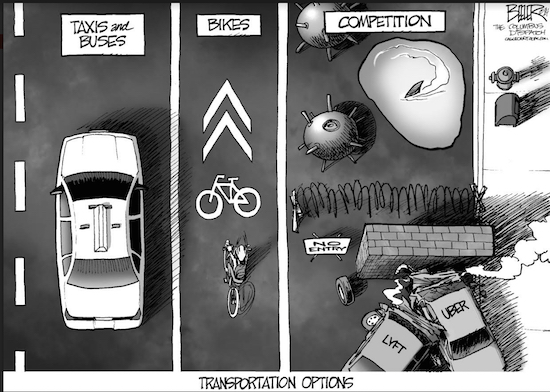OPINION: Study envisions ride-sharing future of transportation in NYC

Imagine a taxi-less New York City. It isn’t hard to do, thanks to a new study.
Swapping Manhattan’s iconic yellow cabs for sedans connected to ride-hailing apps could reduce traffic by 75 percent, slash pollution levels and streamline commutes, according to researchers at the Massachusetts Institute of Technology.
An algorithm developed by the researchers found that just 3,000 four-passenger Ubers could theoretically satisfy 98 percent of New York’s taxi demand, with wait times averaging 2.7 minutes, if they were to replace the city’s existing 14,000 licensed yellow cabs — provided passengers don’t mind carpooling with strangers through services like UberPool and Lyft Line.

Brooklyn Boro
View MoreNew York City’s most populous borough, Brooklyn, is home to nearly 2.6 million residents. If Brooklyn were an independent city it would be the fourth largest city in the United States. While Brooklyn has become the epitome of ‘cool and hip’ in recent years, for those that were born here, raised families here and improved communities over the years, Brooklyn has never been ‘uncool’.